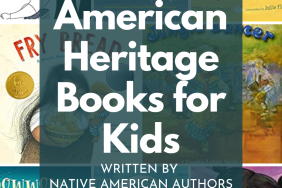My parents are Cuban, and I grew up in a Latino community in Miami, but it wasn’t until I had kids of my own that I truly came to appreciate the significance of Hispanic Heritage Month.
When my son, Javier, was a toddler and preschooler, I read to him every night. One evening we’d choose a book in Spanish, and the next we’d choose…








